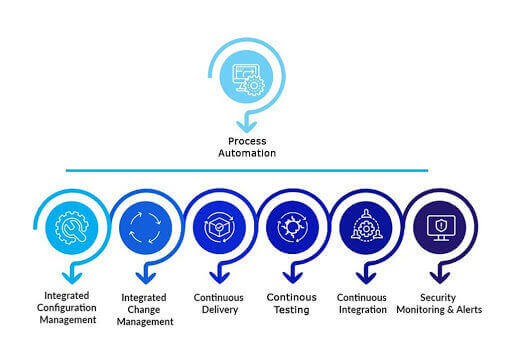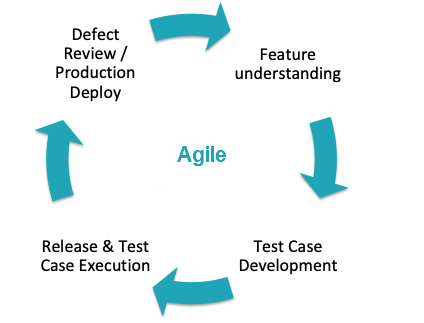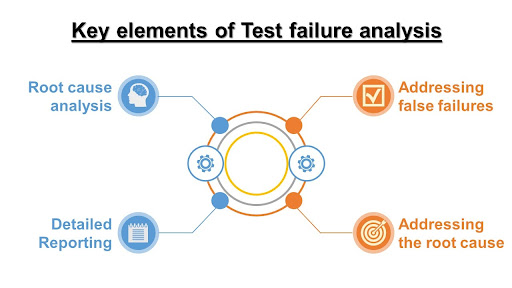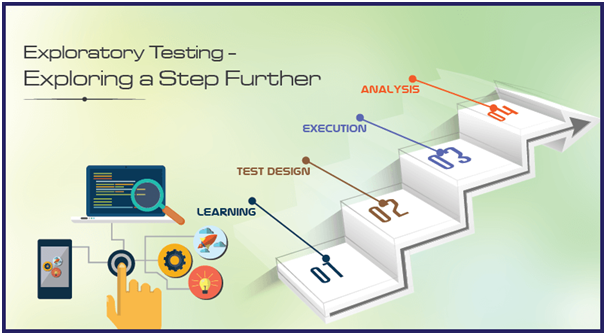An extension to the preferred agile model, DevOps’ adoption has been growing faster than ever, gaining tremendous fame in the past few years. Keeping communication and integration as the key, it leverages on collaboration between operations, development and businesses, thus ensuring seamless and efficient deliveries.
The increasing number of organizations leveraging on DevOps to unleash the untapped potential and close barriers amidst their departments to build quicker and robust software and execute a seamless delivery, shows the potential DevOps has.

Proven Productivity Increase
Data proves that organizations following DevOps have seen a business expansion by 38%, as well as a productivity increase by 51%. (source) However, despite understanding DevOps and its working modalities, many companies struggle to efficiently incorporate DevOps into their IT framework.
Perhaps because this is a mindset and cultural change to be adopted rather than as a checklist for mere actions.
Process Automation
The most critical and essential step for a successful DevOps implementation is the end-to-end process automation. From infrastructure set-up, to configurations, from development, to testing and deployment – automation at all stages to ensure more frequent yet quality deliverables are met.
For instance in the testing process, an early identification of errors in development gives more opportunities for issues to be rectified as compared to the actual development phase. Hence, taking into account the continuous issues in parallel with ongoing development, a nimble automated testing adds more fuel to software development. Test automation can simply be achieved by determining priority test cases, then running and analyzing their relevance in different scenarios, and achieving quicker, consistent, accurate better quality deliveries.
Process automation at each stage is imperative to achieve DevOps.
Listed below are some DevOps best practices in process automation that can certainly help.
- Integrated Configuration Management
- Integrated Change Management
- Continuous Integration
- Continuous Testing
- Continuous Delivery
- Security – Monitoring & Alerts
Integrated Configuration Management
As the essential part of operations, configuration management enables agility – the base to DevOps.
Optimizing the use of existing systems in place and maintaining system-wide configurations across networks, servers, application, storage, and other managed services, configuration management enables the development teams to look at the bigger picture.
It promotes utilization of the existing services during the software development rather than investing time and efforts in reinventing the new services from scratch. Click to read more about this blog : Devops







